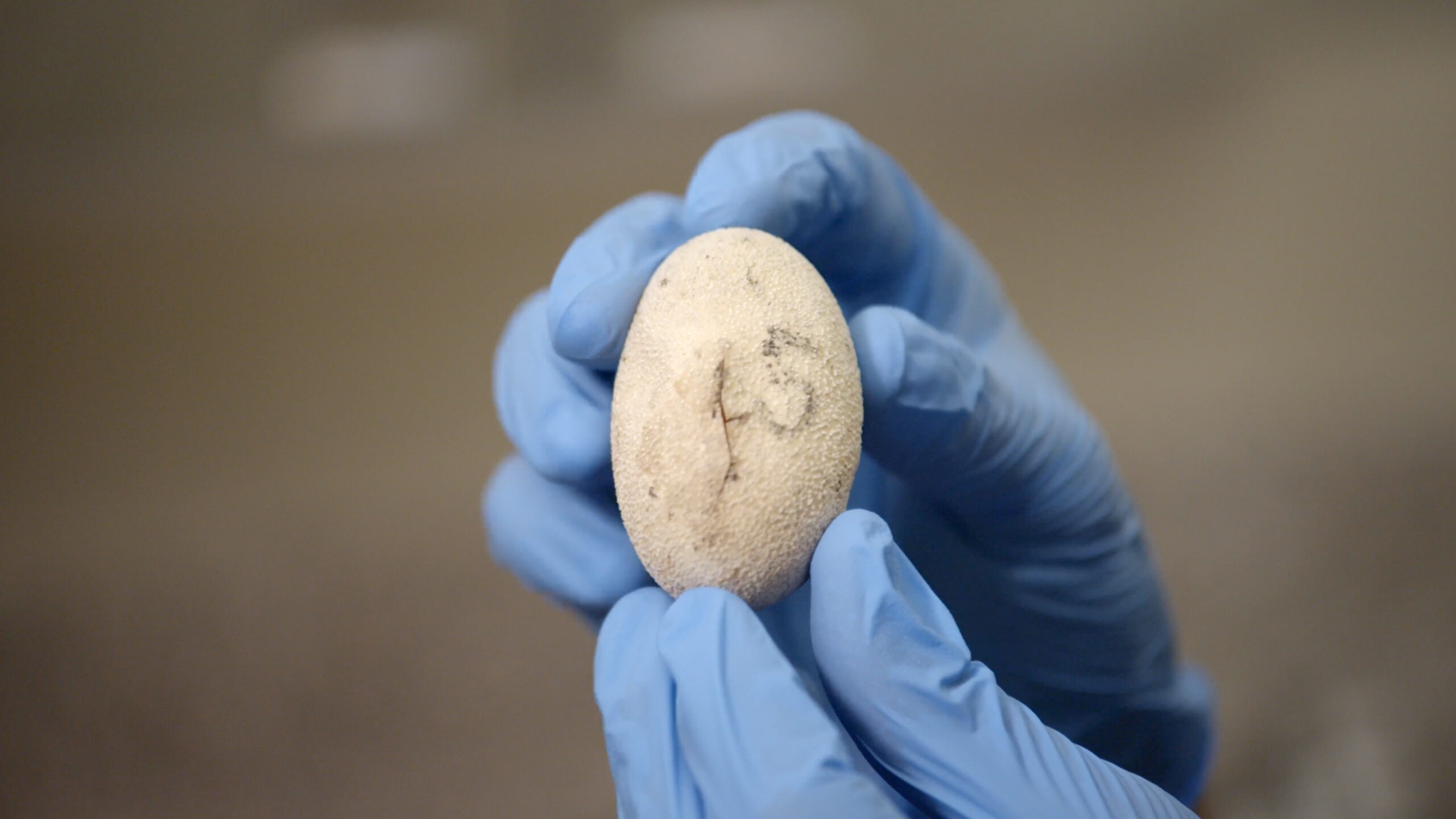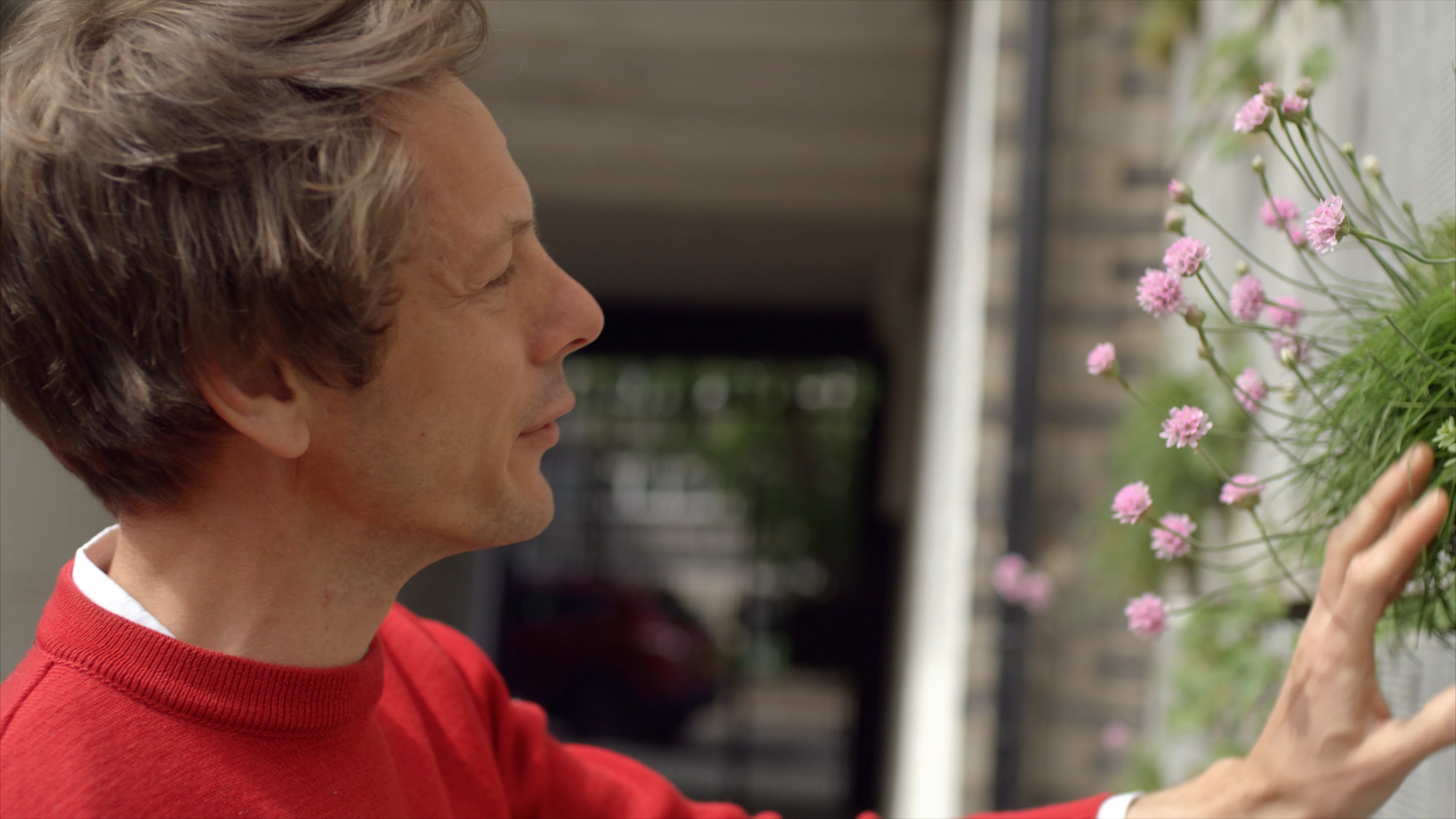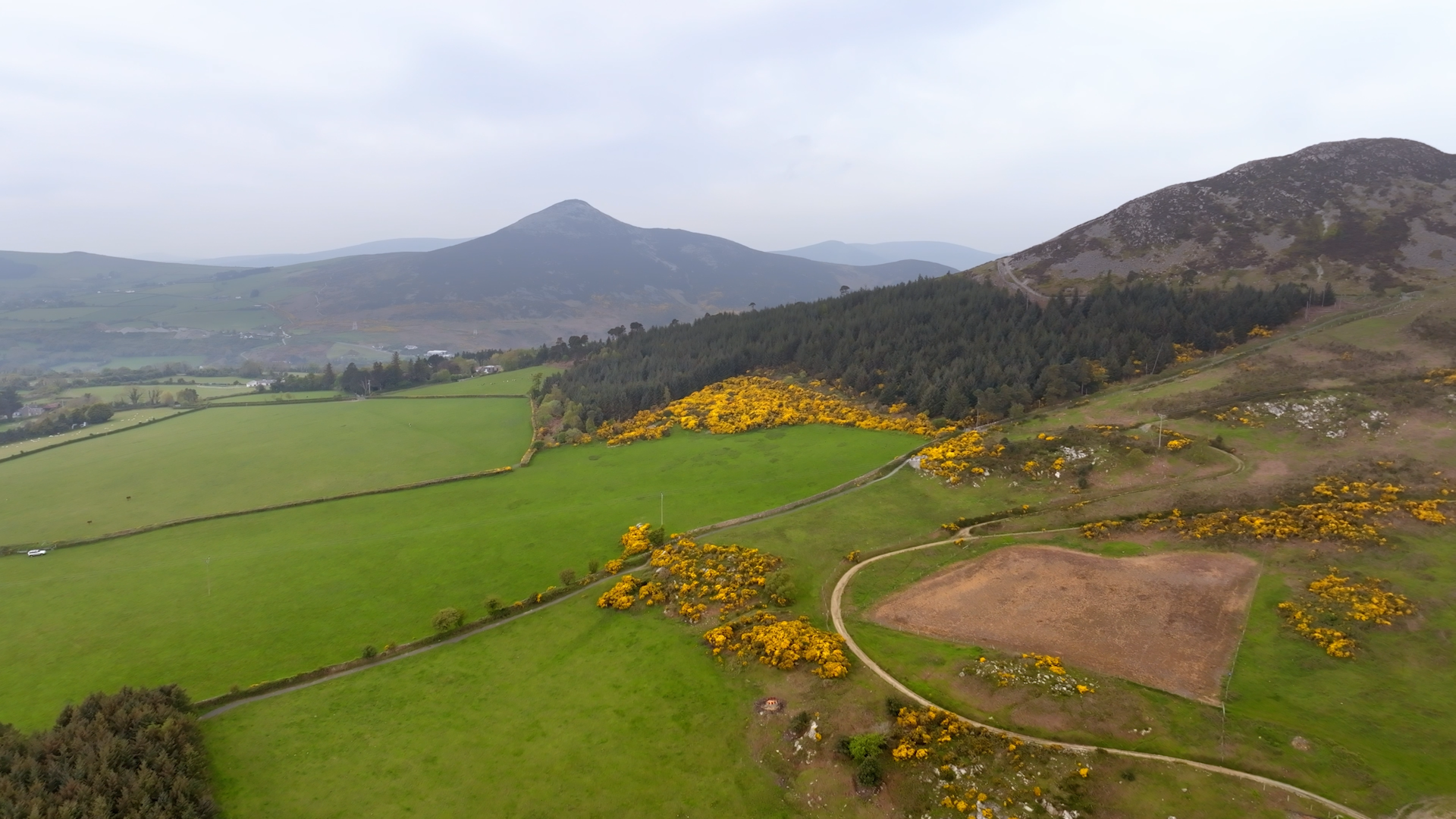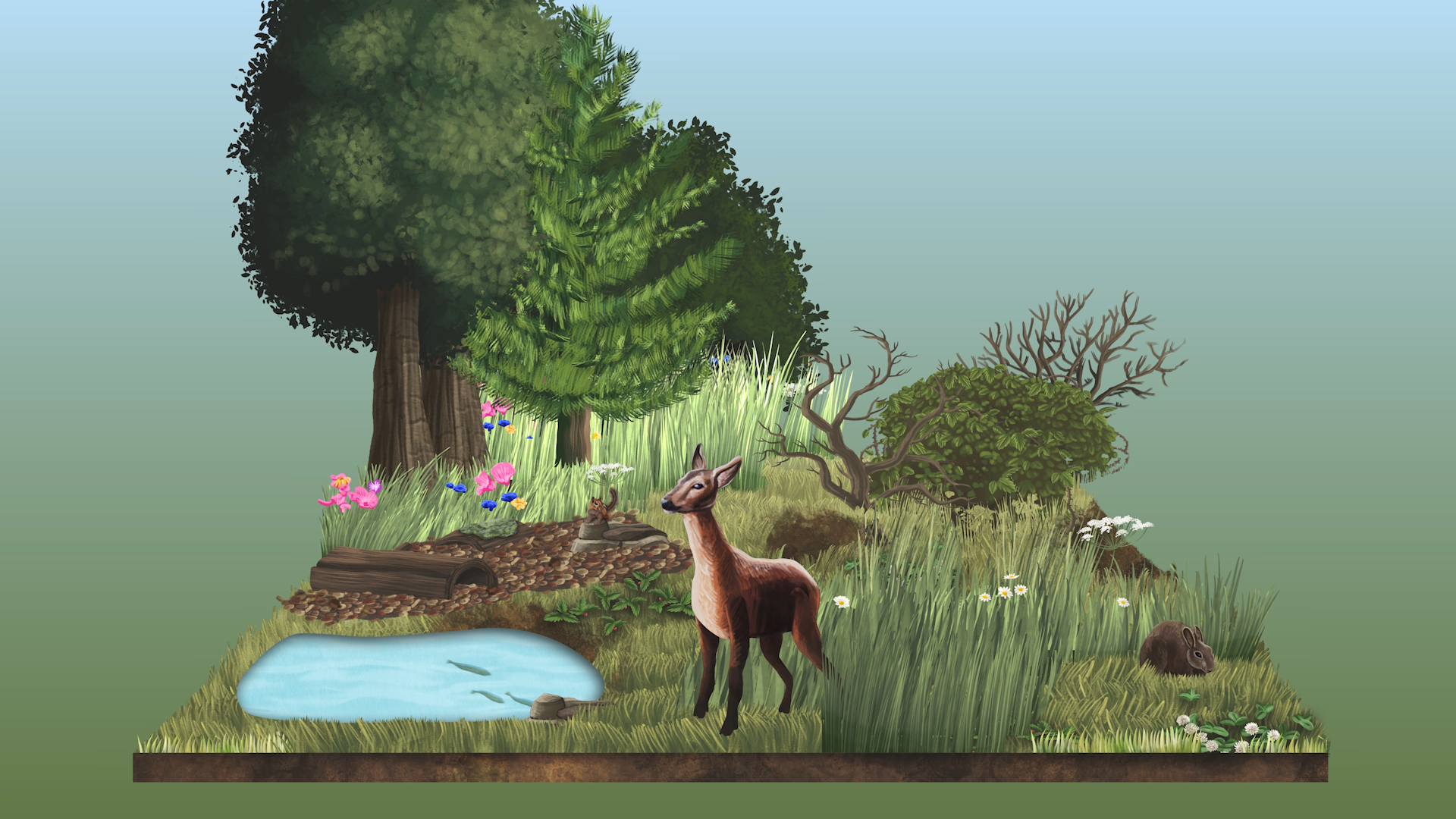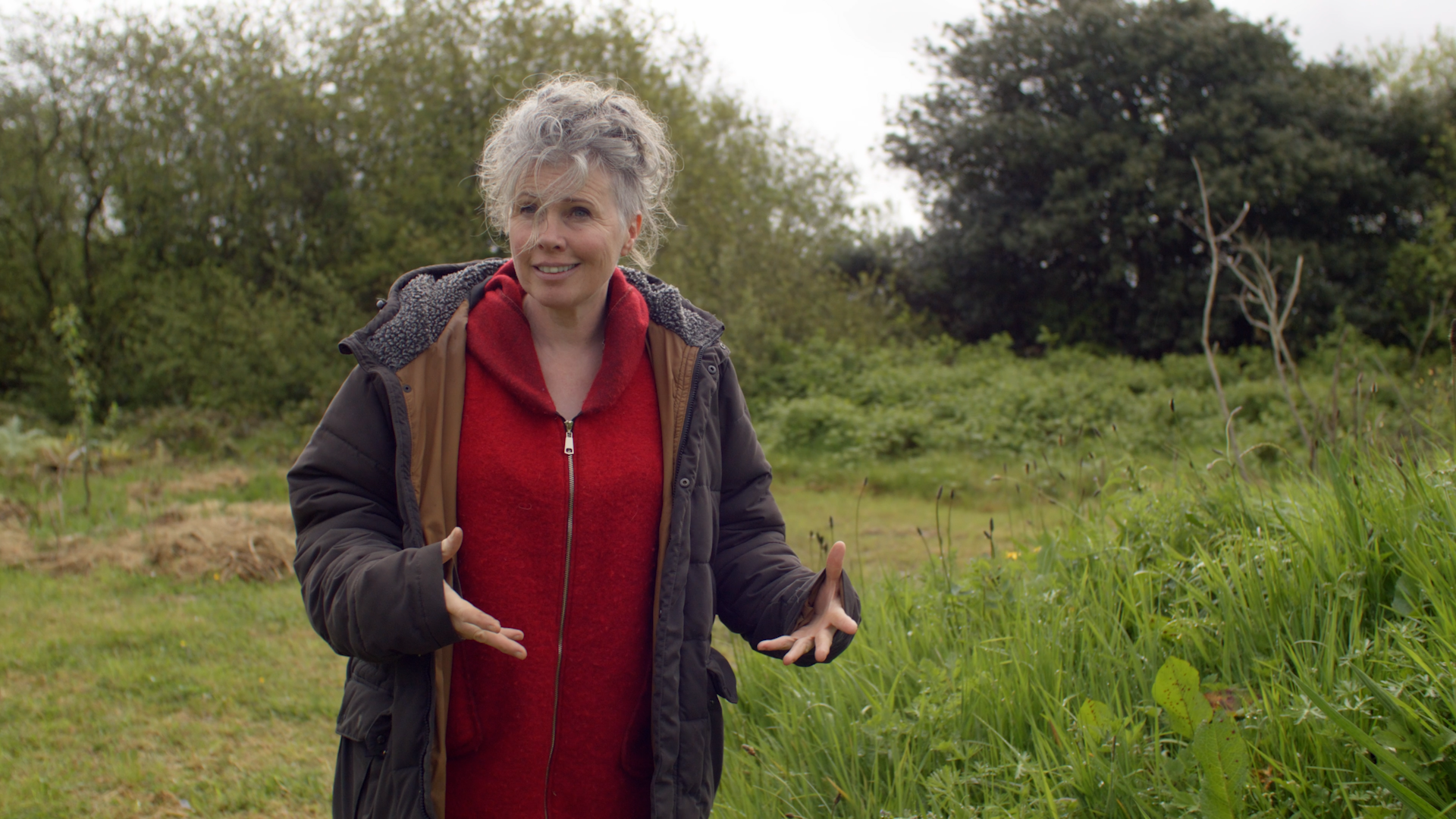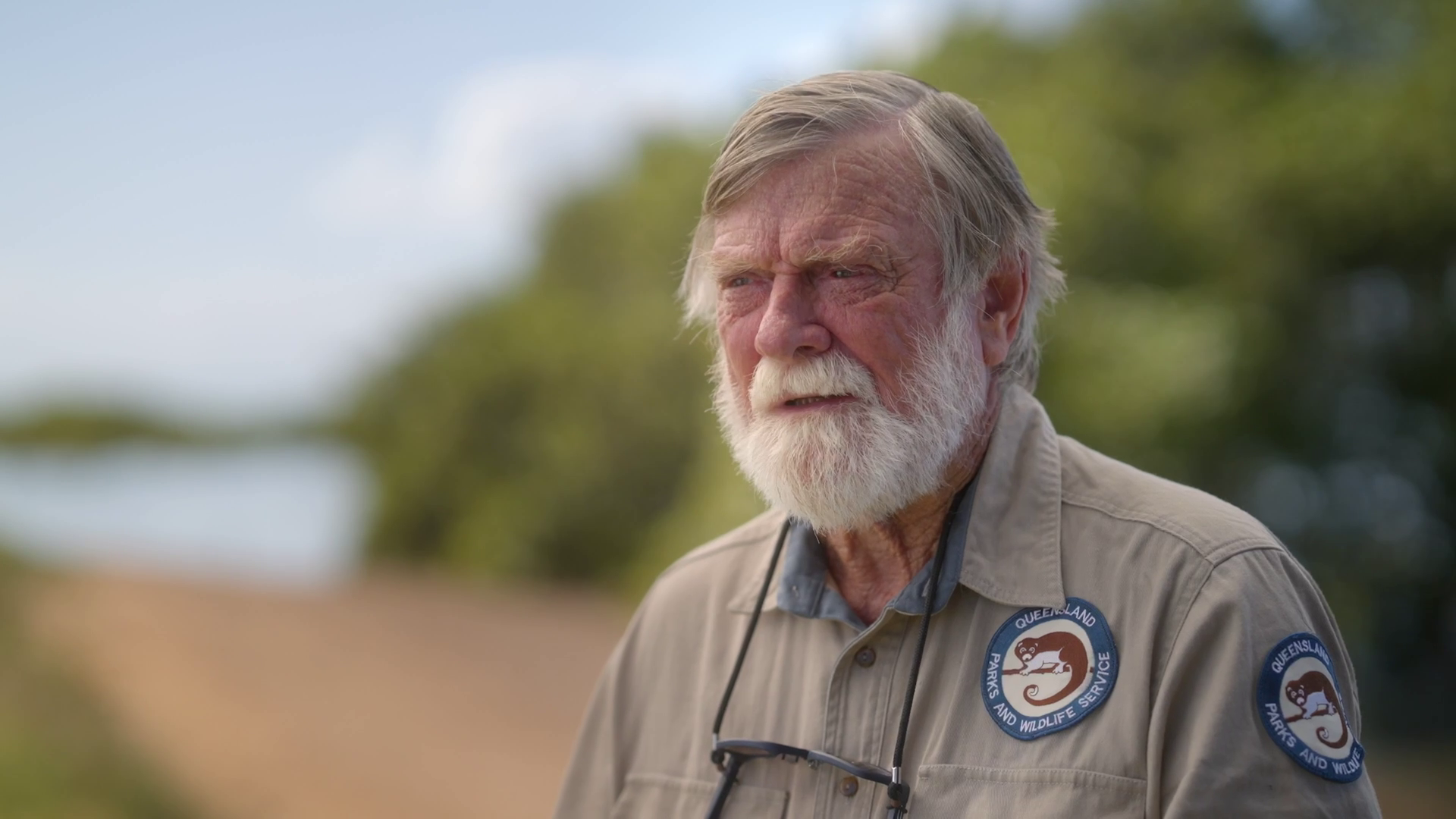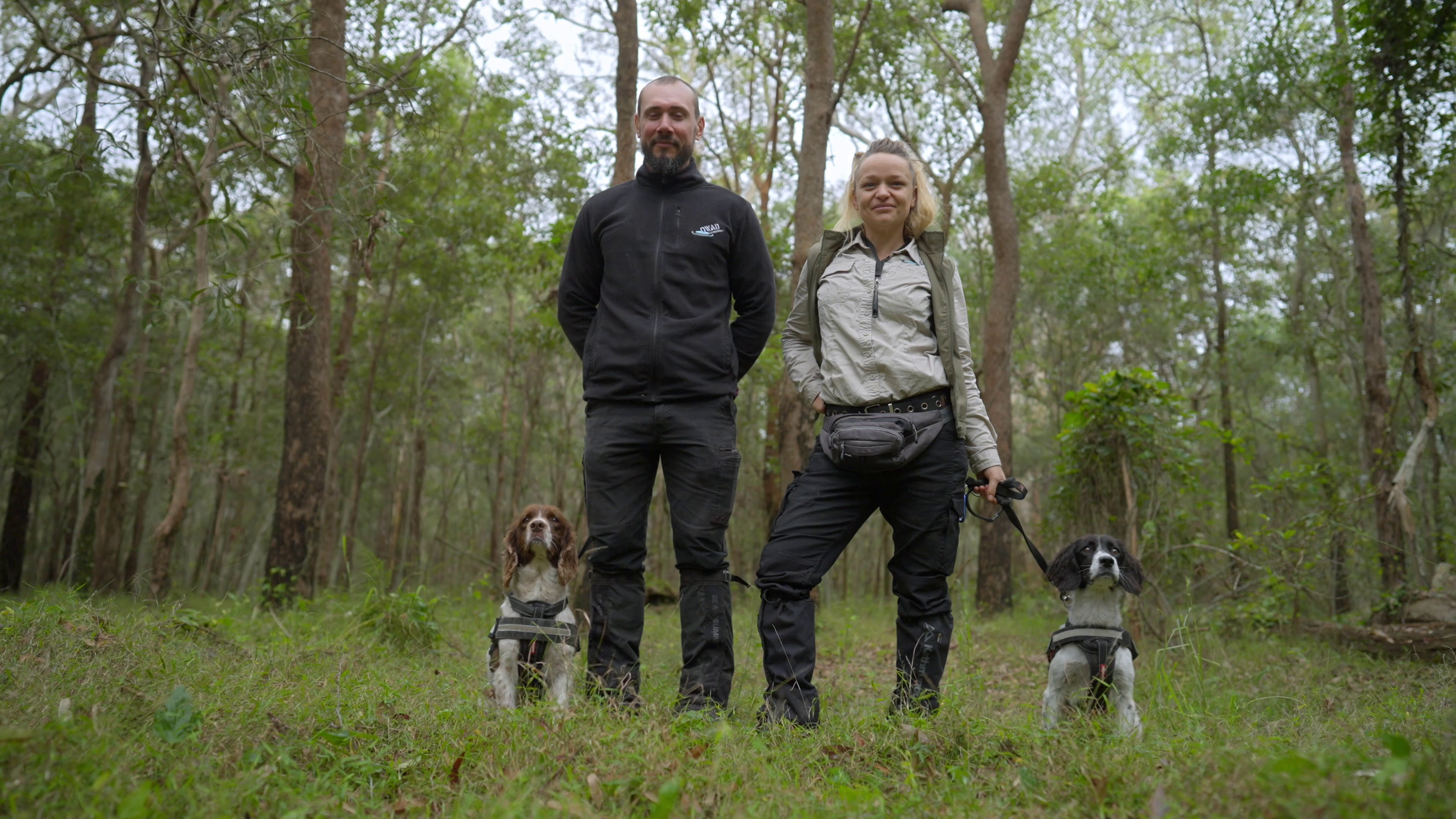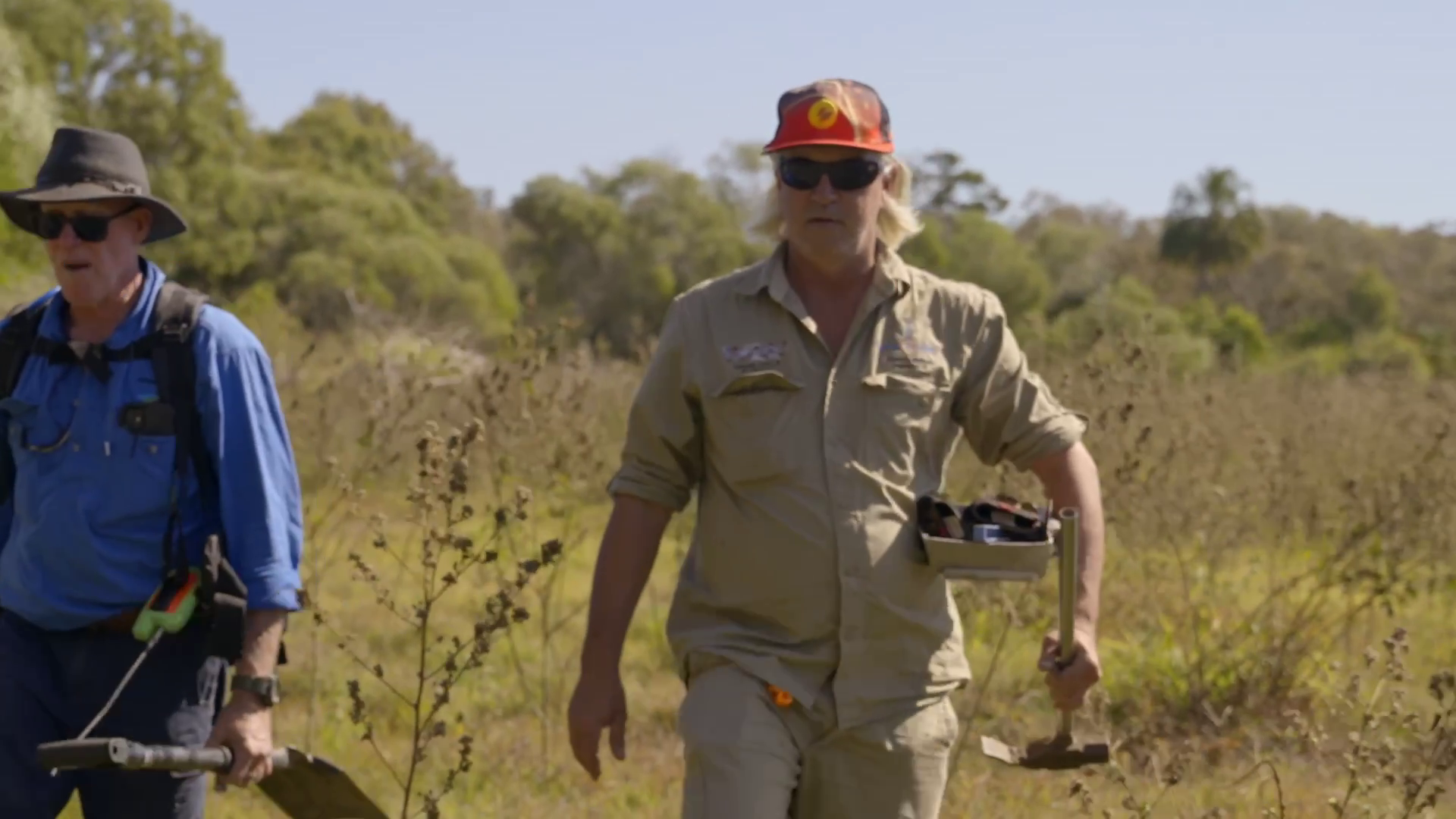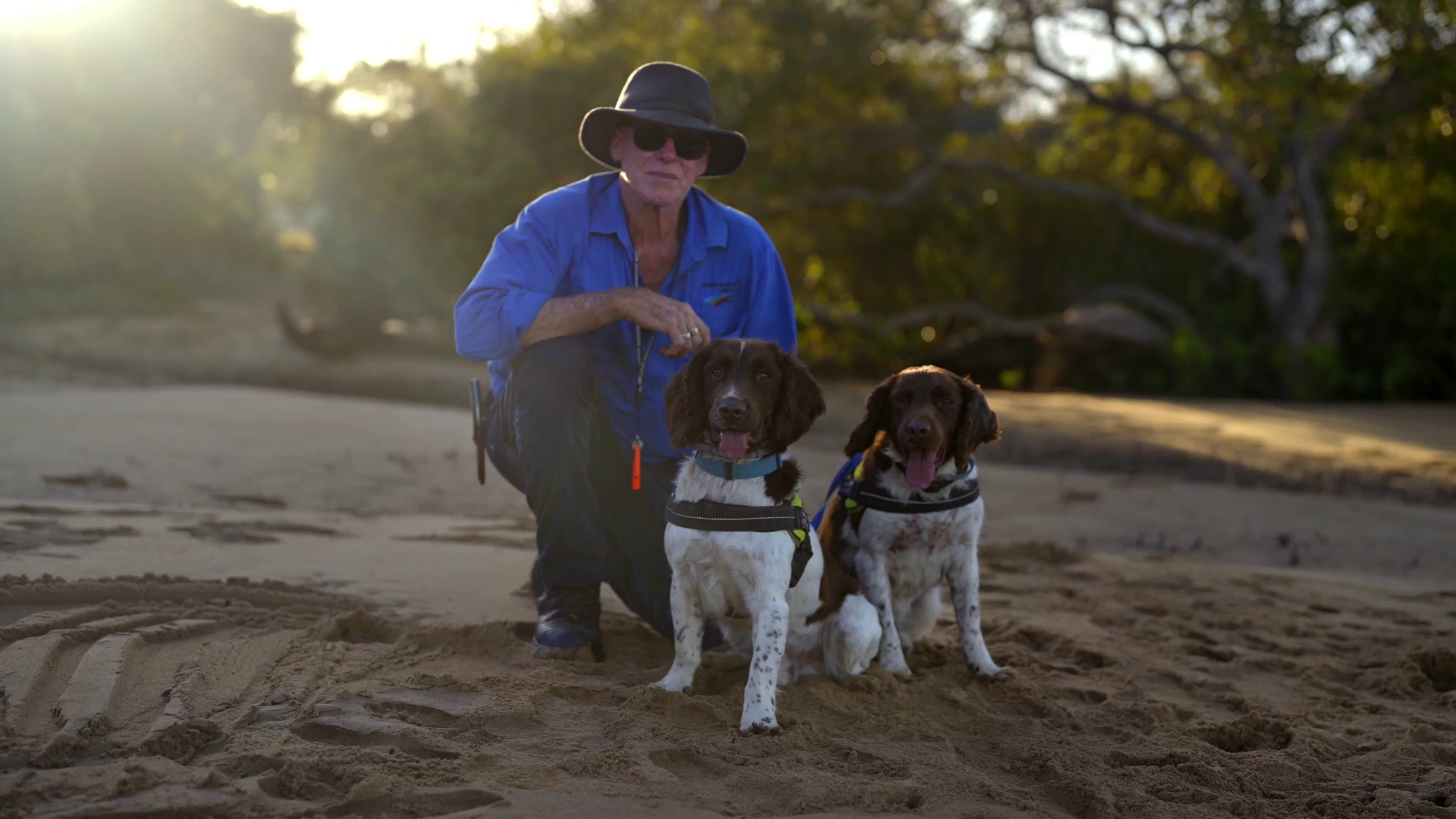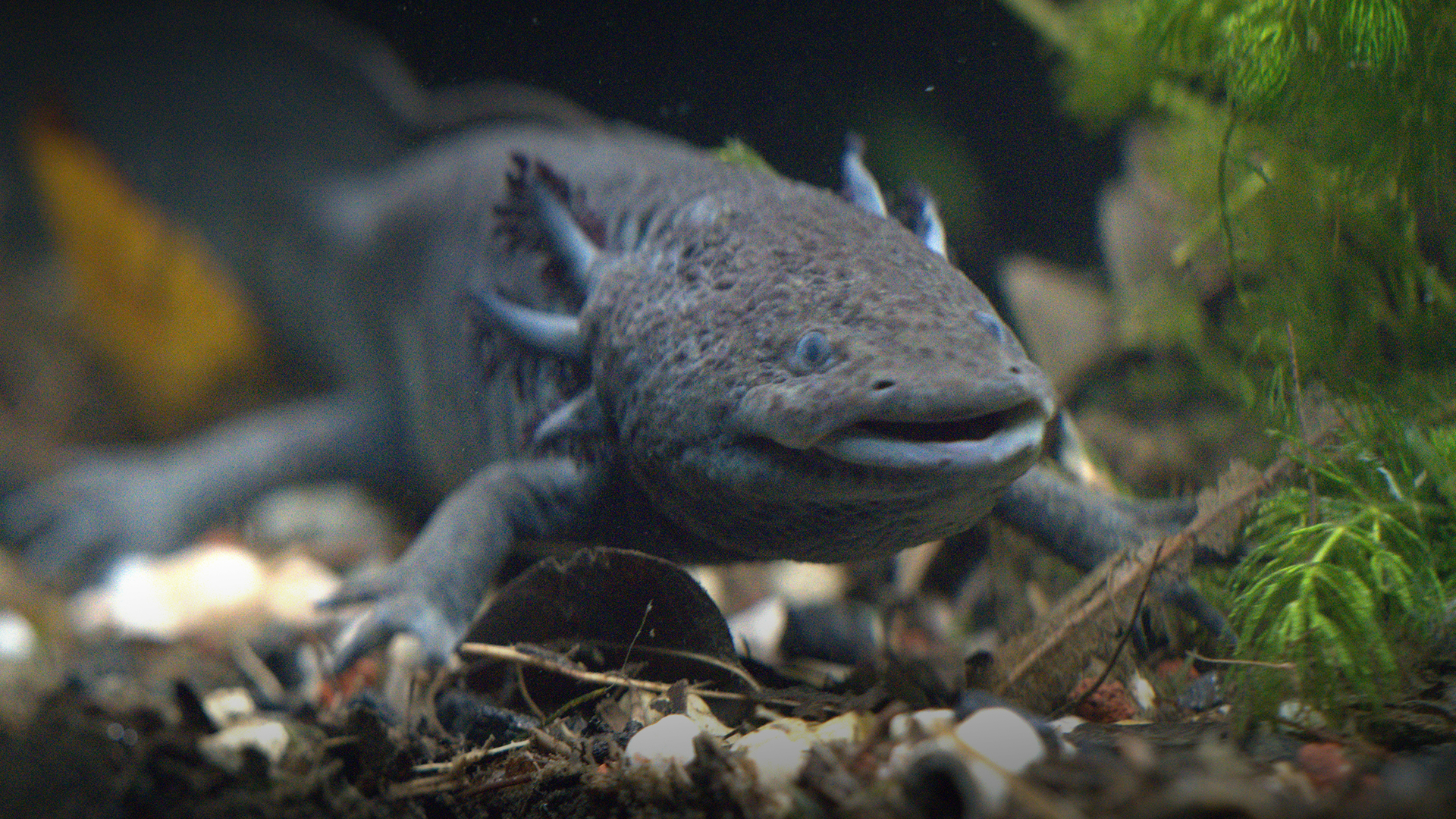Archives: Profiles
-
Captive Breeding
Captive breeding is a technique used by conservationists to help imperiled wild species reproduce in a safe and stable environment.
-
Alistair Law
Alistair Law is the founder of Vertical Meadow, an organization that has developed an innovative new approach to growing plants vertically both for temporary and permanent applications.
-
Deforestation
Cutting down most or all trees in an area of forest is known as deforestation. Typically, these trees are felled for timber or to clear land for agriculture or urban development.
-
Rewilding
Rewilding initiatives are growing in popularity in places with degraded or disturbed landscapes whose ecosystems have lost many of their endemic species.
-
Mary Reynolds
Mary Reynolds is a reformed and internationally-acclaimed landscape designer who launched her career by achieving a gold medal for garden design at the Chelsea flower show in 2002, the story of which was made into a 2016 movie called “Dare to be Wild”.
-
Dr. Colin “Col” Limpus
Dr. Colin “Col” Limpus is chief scientist and a leading researcher for the Threatened Species Unit in the Queensland government’s Department of Environment and Heritage Protection.
-
Olivia Woosnam
Olivia Woosnam’s career began in 2005 as an international environmental officer at the United Nations Environment Program in Europe, working on international environmental policy and the Sustainable Development Goals.
-
Rob Geary
Rob Geary is an experienced sea ranger with over 10 years of working in natural resource management and undertaking projects to protect and conserve threatened species and their habitats. He enjoys fieldwork and has extensive experience with feral animal management to protect marine turtle clutches and hatchlings from predation. He has undertaken numerous fauna surveys,…
-
Tom Garrett
Tom Garrett is a senior project officer at Southern Queensland Landscapes, a community-owned organization dedicated to connecting and supporting communities to take care of their landscapes. He has experience in natural resource management dating back to 2009, and a substantial part of his role is working as the handler for Rocky and Cooper, two English…
-
Axolotls
The axolotl is a type of salamander native to the canals and lakes around Mexico City, characterized by its flamboyant, feathery external gills.
